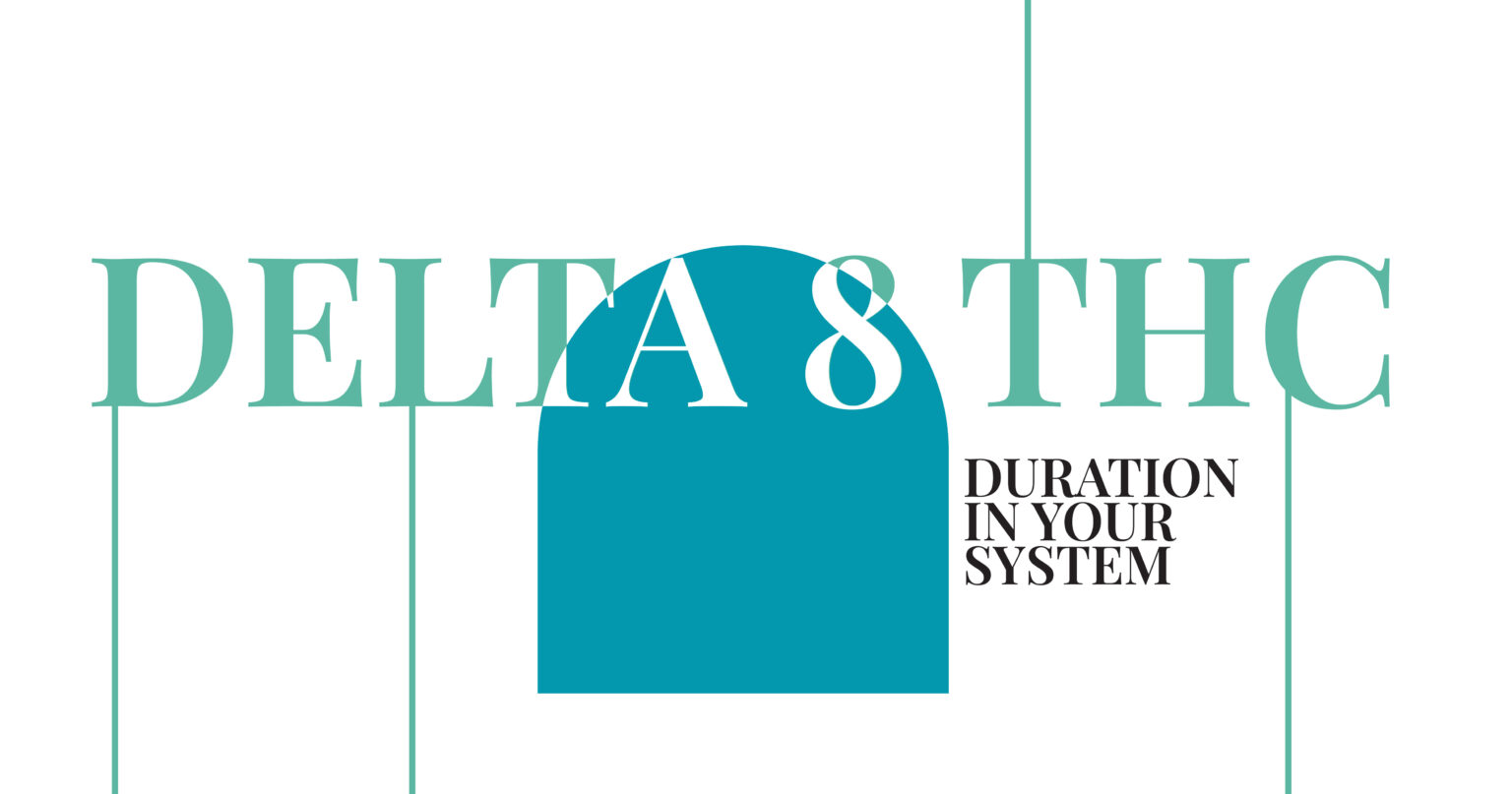What Is Chroming?: Risks, Signs, and Prevention of This Dangerous Trend
Chroming is the act of inhaling fumes from household items, such as spray paints, paint thinners, and aerosol deodorant, to achieve a temporary high. Often associated with substance abuse, chroming involves the misuse of common household items, which contain toxic chemicals capable of causing severe health risks.
The Definition of Chroming
Chroming refers to the inhalation of volatile substances like metallic paint, nail polish remover, and lighter fluid to experience hallucinatory effects. These chemical substances disrupt the central nervous system, leading to both short-term effects, such as dizziness and euphoria, and long-term effects, like brain damage and irreparable organ damage.

How Chroming Became Popular
Chroming gained traction as a dangerous trend among adolescents. The covert nature of abusing everyday household items and the accessibility of legal products contributed to its rise.
The Role of Social Media in Promoting Chroming
Social media platforms have played a significant role in spreading the chroming trend. Viral chroming videos and social media challenges have normalized the behavior, encouraging participation without highlighting its dangers. Efforts by social media companies to curb the dissemination of chroming content often fall short due to the sheer volume of online activity related to these risky behaviors.
Peer Influence and Social Pressure
Adolescents face significant pressure to conform to trends like chroming, often driven by social media craze and peer influence. This pressure, compounded by the promotion of chroming-related content, normalizes the abuse of inhalant substances.
Health Risks Associated with Chroming
Chroming carries immediate and long-term health risks, including cardiac sensitization and respiratory symptoms.
Immediate Dangers: Sudden Sniffing Death Syndrome
One of the most severe risks of chroming is Sudden Sniffing Death Syndrome (SSDS). This condition occurs when inhaling toxic substances triggers abnormal heart rhythms, leading to cardiac arrest or heart failure. Even a single session can result in sudden death.
Long-term Effects on the Brain and Organs
Chronic chroming use leads to irreparable brain damage, heart damage, and failure of major organs like the liver and kidneys. According to the Alcohol and Drug Foundation, abuse of hydrocarbon substances can result in adverse side effects such as muscle weakness, impaired judgment, and permanent neurological impairment.
Signs of Chroming in Young Individuals
Recognizing the signs of chroming early can save lives and prevent escalation into addiction among adolescents.
Physical Symptoms
- Frequent nosebleeds
- Chemical odors from spray paint, nail polish, or hair spray
- Red or irritated areas around the mouth and nose
- Symptoms resembling alcohol intoxication
Behavioral Changes
- A sudden drop in school performance
- Withdrawal from family and friends
- Increased secrecy, especially around common chroming items like aerosol cans
- Risky behaviors like engaging in social media trends

Legal Implications of Chroming
Chroming is often associated with criminal activities, including theft of household chemicals or industrial products for abuse. Retailers selling common items to known abusers may face legal consequences, and participants in the chroming challenge risk fines or imprisonment.
Treatment Options for Chroming Addiction
Overcoming addiction to chroming requires a combination of mental health management and structured interventions.
Professional Interventions
Programs such as inhalant addiction treatment programs and behavioral therapy can help individuals recover. An 8-week program focusing on detoxification and counseling often proves effective. Professionals trained in medical toxicology and lifestyle medicine can address the adverse effects and ensure a path toward recovery.
Support Groups and Counseling
Support groups like Narcotics Anonymous or Alcoholics Anonymous offer accountability and peer encouragement. Counselors, often linked to the Mental Health Services Administration, help patients understand the risks and develop strategies to avoid relapse.
Preventative Measures for Parents
Parents play a vital role in reducing rates among teens through education and communication.
Educating Children About Risks
Teaching children about the health consequences of chroming, such as brain damage, heart attacks, and sudden sniffing death, is essential. Resources like the Alcohol and Drug Foundation provide accurate information for discussions.
Creating Open Lines of Communication
Encouraging conversations about the effects of chroming, social media trends, and risky behaviors helps build trust. A proactive approach prevents children from turning to accessible substances like gold paint or lighter fluid.
Conclusion
Chroming is a growing threat among adolescents, fueled by social media platforms, peer pressure, and the accessibility of household products. Its immediate dangers, such as sudden sniffing death syndrome, and its long-term effects on health make it a critical public health concern. By understanding the risks of chroming, identifying its signs, and implementing preventative measures, parents, educators, and communities can protect young individuals from this dangerous trend. Early intervention and ongoing support are vital for recovery and ensuring a safer future.
Frequently Asked Question's
Chroming involves inhaling fumes from common household items like spray paint, nail polish remover, or aerosol deodorant to experience a high. It is extremely dangerous because these products contain toxic chemicals that can cause immediate health risks, including cardiac arrest and sudden sniffing death syndrome, as well as long-term effects like brain damage and organ failure.
Common signs of chroming include frequent nosebleeds, chemical odors on clothing or breath, redness or irritation around the mouth and nose, and behavioral changes like secrecy, withdrawal, or engaging in risky behaviors. Physical symptoms may also include dizziness, muscle weakness, or impaired judgment.
Yes, chroming can result in substance abuse disorder. The repeated use of inhalants can create a dependency, where individuals feel compelled to continue using these products despite the harmful effects. Professional interventions, such as addiction treatment programs and counseling, are often necessary to break the cycle of abuse.
Parents can help prevent chroming by educating their children about its health risks and dangers, creating open lines of communication, and monitoring access to common household items that may be used for inhalant abuse. Encouraging healthy hobbies and a supportive environment can also reduce the likelihood of risky behaviors.




